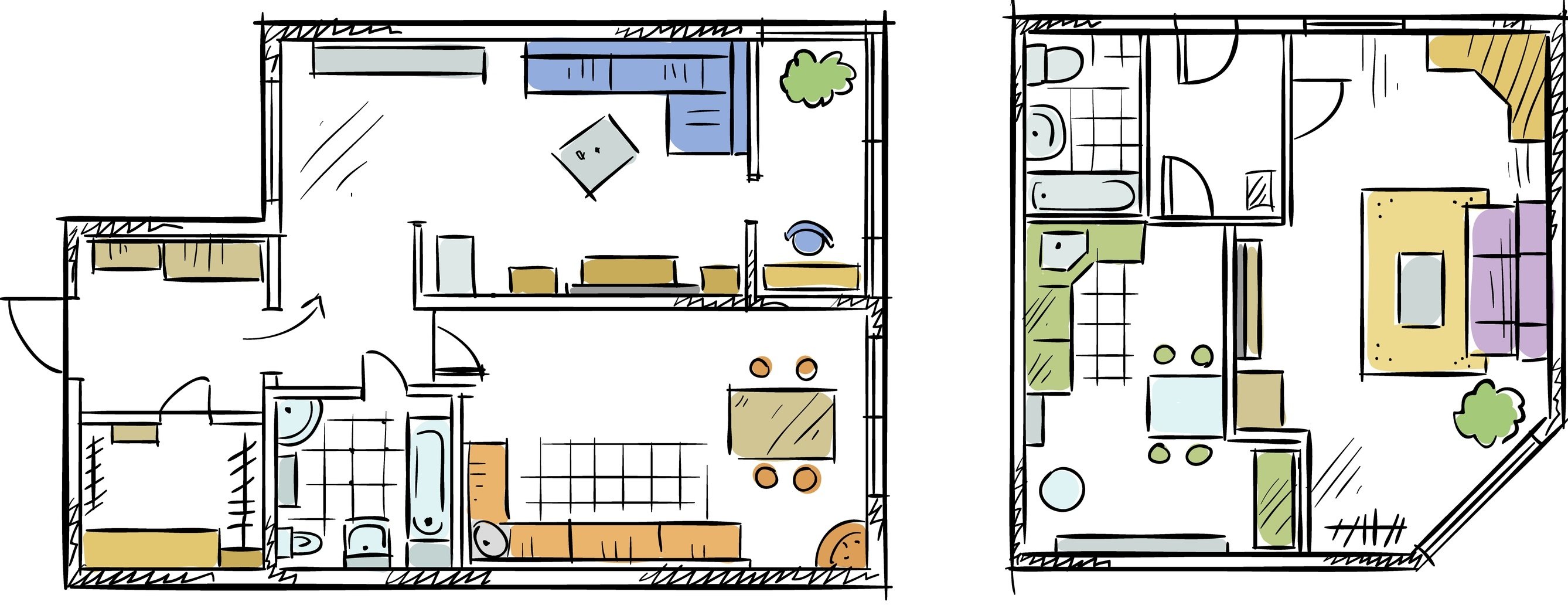According to a press release from the New York Building Congress, residential projects are driving construction spending in NYC to reach an all-time high of $43.1 billion in 2016. While residential construction spending (including new and renovation projects) is expected to increase to $13.4 billion in 2016, the number of new housing units is expected to drop, due to developers focusing on high-end housing options.
A growing trend among NYC’s residential real estate market, which may be contributing to the increase in residential construction spending, is the practice of combining apartment units to create one larger apartment unit.
In 1997, the New York City Department of Buildings (DOB) made it easier for apartment unit owners to obtain approval to combine residential condominium units through the 1997 amendment to the Building Code. The amendment allowed for the combination of adjacent apartments to create a larger residential unit without the need to obtain an amended Certificate of Occupancy.
Over the past decade, many NYC condominium unit owners have taken advantage of the DOB’s 1997 amendment and opted to expand their living space by purchasing and combining adjacent apartment units.
However, there are many technical items that you should take into consideration before embarking on the apartment combination process.
Kitchen Alterations
Under this regulation, the DOB requires filing an ALT2 application for a construction work permit to remove one of the kitchens from the combined units. The removal of the kitchen requires that all gas and electrical lines be cut and capped. When the work is completed and all inspections have been successfully performed, the DOB will issue a Letter of Completion (LOC), which identifies that the apartments have been legally combined.
Combining Condominium Tax Lots
In addition to physically combining the apartments, a decision is often made to combine the tax lots for each unit. The tax lot is a set of numbers used by the DOB and the Department of Finance to identify the unit for taxes, zoning, construction, etc.
To combine multiple tax lots into one tax lot, property owners need to file an amendment to the condominium declaration and offering plan with the Department of Finance.
The application package includes the following:
- Amended condominium declaration
- Amended offering plan
- Schedule B and by-laws
- Floor plans of the units before and after the combination
- Attorney general’s acceptance letter
It’s important to note that the amended condominium declaration does not become a legal document until it is recorded with the City Registers Office and issued CRFN #.
For questions on apartment combination filings with the Department of Buildings or tax lot combination filings with the Finance Department, please contact the New York Office of Milrose Consultants.








